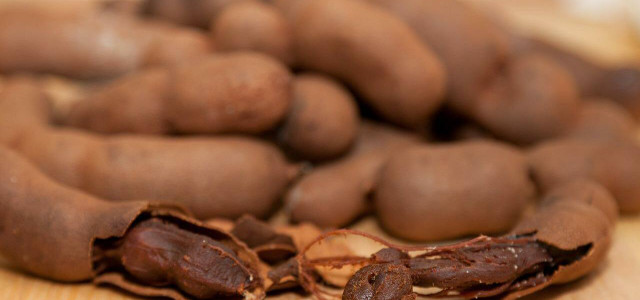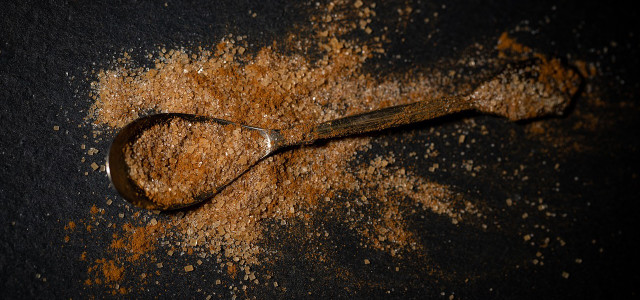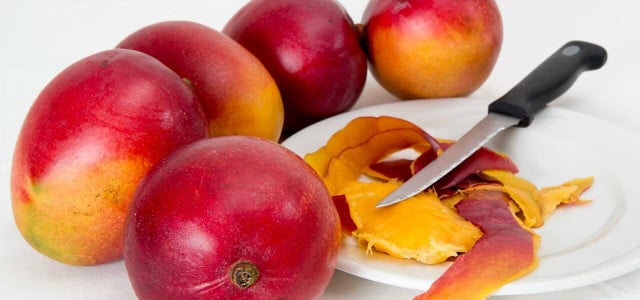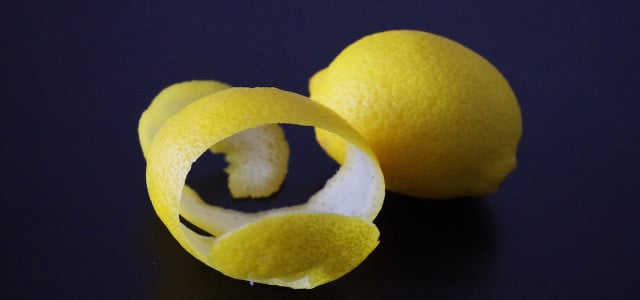Tamarind paste is used in Asian cuisine to give a sweet and sour kick, but don’t worry if you can’t find it in the store, we’ll show you some similar tasting substitutes.
Tamarind is a kind of fruit that grows in tropical countries, they are pod-shaped and have brown seeds and pulp inside – the seeds are removed to make the paste. Tamarind paste is predominantly used in main courses such as beef rendang, pad Thai, or noodles, and it has a sweet and sour taste, it can also be used in desserts by adding sugar, or made into candy.
Not only do tamarinds provide extra flavor, but they also provide a range of health benefits such as reducing cholesterol and inflammation and preventing liver damage due to their high antioxidant content, improving blood sugar for diabetics, and regulating blood pressure. They are full of nutrients such as iron, magnesium, phosphorus, potassium, and vitamins B1 and B2.
You can usually find tamarind paste in the Asian section of the supermarket, but if you’re struggling to get your hands on it there are some substitutes available, most of which you will already have at home. Check out how to make your own tamarind substitute.
1. Lime Juice and Brown Sugar
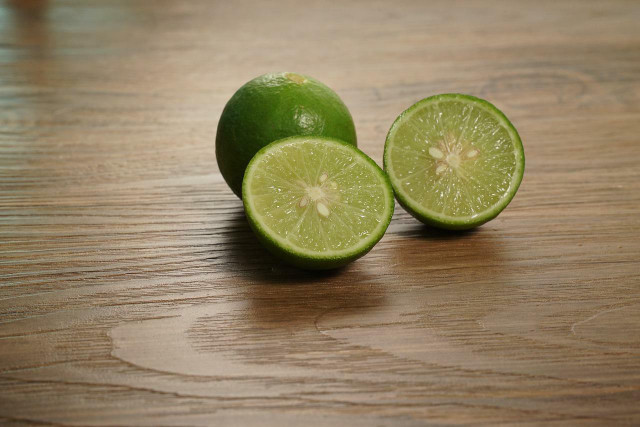
(Foto: CC0 / Pixabay / SpencerWing)
The balance of sweet and sour from lime juice and brown sugar make them a great substitute for tamarind paste and they are both easy ingredients to find. If you don’t have access to lime juice, lemon juice will also work. Simply use a teaspoon of lime juice and brown sugar for each teaspoon of tamarind paste (1:1 ratio). Lime juice and brown sugar work as a good tamarind paste substitute in salads — this is the best substitute with regard to taste.
2. Worcestershire Sauce as a Tamarind Paste Substitute
Worcestershire sauce contains tamarind and vinegar, which give it a spicy, sour taste. It contains a few more ingredients, though, which is why Worcestershire sauce isn’t always vegan. You can combine with some other ingredients to balance out the flavor and make it a good substitute for tamarind paste:
Simply mix three tablespoons of Worcestershire sauce, two tablespoons of brown sugar, two tablespoons of water, three tablespoons of lemon juice, and half a cup of tomato paste. If you don’t have lemon juice, apple cider vinegar or lime juice can be used instead. Use one teaspoon of this mixture for every teaspoon of tamarind paste you would use in your recipe (1:1 ratio). Worcestershire sauce works well in burgers and sandwiches as a tamarind paste substitute.
3. Mango Chutney as a Tamarind Paste Substitute
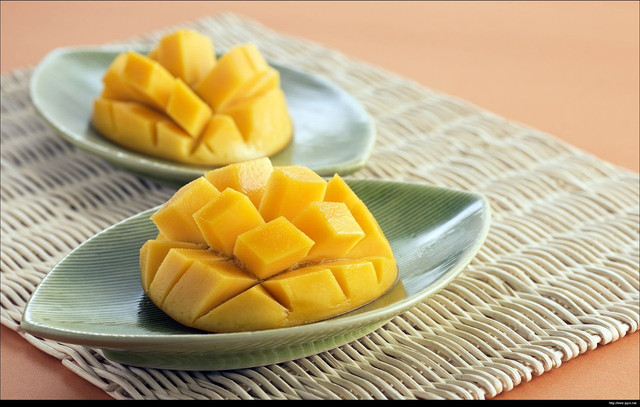


(Foto: CC0 / Pixabay / liwanchun)
Mango chutney is thick, with a sweet, slightly bitter taste, this makes it a fantastic tamarind paste substitute. You can find mango chutney in the supermarket, try to choose one with a smooth consistency to match the texture of tamarind paste and if you find that it is on the sweet side simply add some lemon or lime juice to increase the sourness. Just use a teaspoon of mango chutney for each teaspoon of tamarind paste (1:1 ratio). Mango chutney goes well in dishes that require a slightly oniony flavor.
4. Rice Vinegar
You’ll need to mix rice vinegar with the same amount of brown sugar to get the required sweet and sour combination. Alternatively, white wine vinegar or apple cider vinegar will work just as well, try to use a high-quality vinegar as the cheaper brands will likely taste too sour. One teaspoon of the vinegar sugar mixture will replace one teaspoon of tamarind paste (1:1 ratio). This tamarind paste substitute goes well with vegan ground beef.
5. Pomegranate Molasses
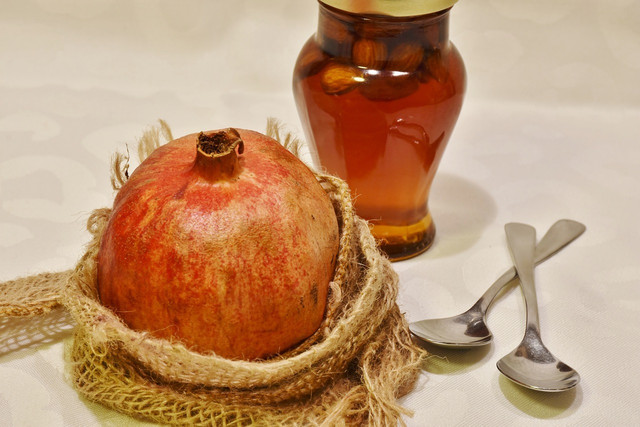


(Foto: CC0 / Pixabay / RitaE)
This ruby-colored, thick syrup is made by reducing pomegranate juice. It is a good option in relation to taste as it is somewhat closer to the taste of tamarind paste than some other substitutes and the texture is similar. It has a sweet and sour flavor and can be used in a ratio of one teaspoon of tamarind paste to one teaspoon of pomegranate molasses (1:1). This substitute is good for adding moisture to dishes such as noodles. Learn how to make and use pomegranate molasses in another guide of ours.
6. Citrus Marmalade Is a Good Tamarind Paste Alternative
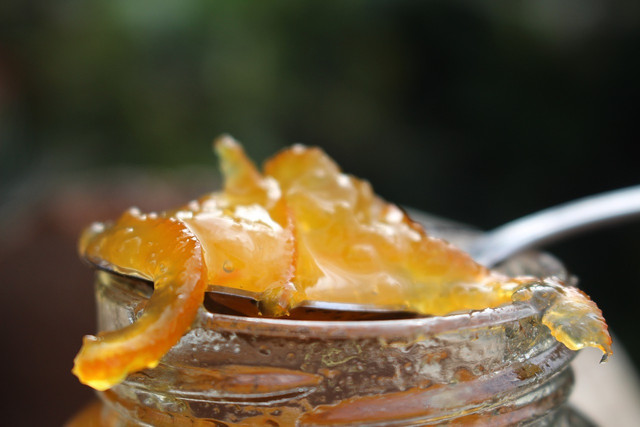


(Foto: CC0 / Pixabay / jamstraightuk)
The flavor of marmalade is a little distant from that of tamarind paste, but its bitter and sweet flavor works a treat in many dishes and it’s a good fit texture-wise. Make sure you use a smooth marmalade with no rind and simply use one teaspoon of marmalade for each teaspoon of tamarind paste (1:1 ratio).
7. Dried Fruit and Lemon Juice



(Foto: CC0 / Pixabay / gregroose)
To make this fruity tamarind paste substitute, put the same amount of chopped dried apricots, dates, prunes, and lemon juice in a small bowl of water and let them soften for thirty minutes, then remove the water. Use a blender to make a paste.
The texture and color of the fruit paste will be similar to that of tamarind paste, but the taste is not quite as strong. If you don’t have these dried fruits you can substitute them for raisins and mix them with lemon juice. Use a ratio of one teaspoon of dried fruit paste to one teaspoon of tamarind paste (1:1). This substitute goes well with Thai dishes such as Pad Thai noodles.
8. Amchur Powder
A powder made from dry unripe mangoes, amchur powder is common in India, its flavor is quite sour (like tamarind) as the mangoes in the powder are not ripe.
Just mix the powder with equal parts of water and use a ratio of one teaspoon of amchur powder to one teaspoon of tamarind paste (1:1). It works well in Indian dishes like curries.
9. Use Tamarind Pulp Instead of Paste
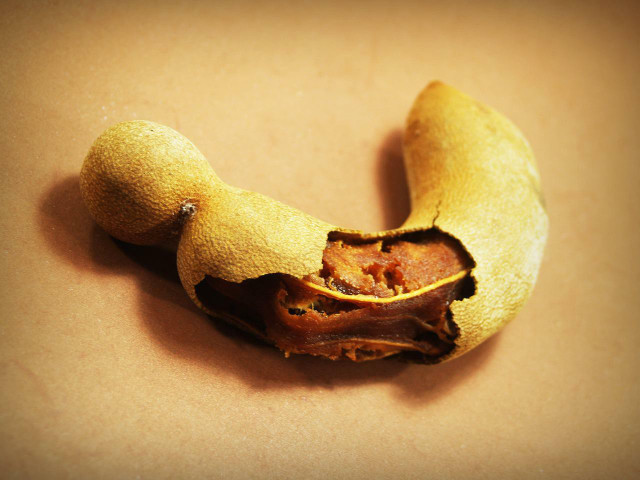


(Foto: CC0 / Pixabay / 41330)
If you can find tamarind pulp, it works well as a tamarind paste substitute, you just need to remove any seeds from the pulp. Mix two tablespoons of warm water with two tablespoons of tamarind pulp and leave it to go soft. Use a spoon to blend them until a paste forms and strain off any excess water. Use in the same ratio that you would tamarind paste (1:1).
10. Table Vinegar
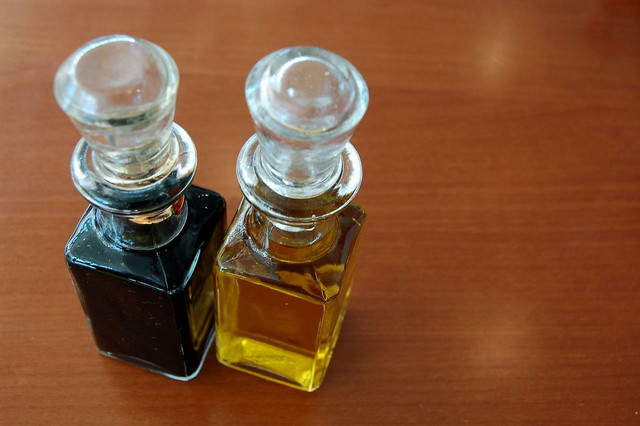


(Foto: CC0 / Pixabay / SofiLayla)
This should be the last resort as the strong vinegar taste may ruin the overall flavor of the dish. So if you’re all out of options otherwise: mix it with ground dates or brown sugar to increase sweetness and improve texture. Add the ground dates or brown sugar to your dish first and then slowly drip in the vinegar until you find a taste that suits your purpose.
Read more:
- 7 Surprising Substitutes for Tomato in Any Recipe
- How to Make a Vinegar Mother: A Beginner’s Guide
- Vegan Chop Suey: Recipe With Stir-Fried Veggies
Do you like this post?






